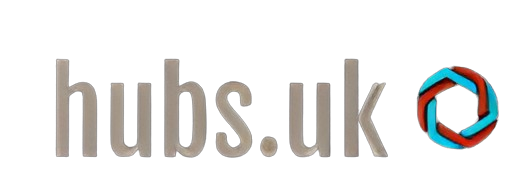The Timeless Excellence of the Apple Logo
In the world of technology and design, few symbols are as instantly recognizable as the Apple logo. Its simplicity and elegance have transcended cultural and generational boundaries, helping establish Apple as one of the most iconic brands globally.
When considering the greatest logos of all time, the Apple insignia inevitably comes to mind. Its clean and minimalistic design has captured the admiration of millions, standing as a testament to the brand’s philosophy of streamlined innovation. Whether it appears on product packaging, cinematic advertisements, or etched onto sleek devices, the logo’s presence is a subtle yet profound nod to quality and sophistication.
The genius of the Apple logo lies not only in its design but also its adaptability. Throughout the years, it has seamlessly evolved while retaining its core identity, reflecting Apple’s forward-thinking nature and commitment to excellence.
Have we reached the pinnacle of logo design with Apple? It certainly makes a compelling case, demonstrating how a deceptively simple symbol can encompass an entire ethos and become a benchmark for brand identity. As we ponder the best logos of all time, it’s worth appreciating how this minimalist icon continues to shape, influence, and inspire across the world.


2 responses to “GOAT Apple Logo?”
The concept of the “GOAT” (Greatest of All Time) Apple logo is an intriguing topic, especially given the impact and evolution of Apple’s branding over the years. The Apple logo, a simple apple with a bite taken out of it, is widely considered one of the most recognizable and iconic logos in the world. To consider which version of the Apple logo might be the GOAT, we should explore its history, design significance, and the context in which each iteration was used.
Evolution of the Apple Logo
1976 – Rainbow Logo: Apple’s first logo, designed by Rob Janoff in 1977, was a rainbow-striped apple. This version symbolized the company’s philosophy of diversity and creativity, and it aligned with Apple’s mission to make computing accessible to the masses through user-friendly design. It represented innovation at a time when computers were mostly associated with dull, business-like monochrome screens.
1998 to Present – Monochrome Logo: The shift to the monochrome logo, introduced with the launch of the iMac, signified a new era for Apple. It coincided with a redesign of their product line and the return of Steve Jobs. The minimalistic design reflects Apple’s branding philosophy: simplicity, elegance, and emphasis on sleek user experience. It has since seen subtle iterations in color and texture to match different products but has largely remained the same, symbolizing consistency.
Why the Monochrome Logo Might Be the GOAT
Universal Recognition: The monochrome logo has become a universally recognizable symbol. Its simplicity lets it transcend language and cultural barriers, making it versatile in any market worldwide.
Consistency and Evolution: While the logo has evolved in color tone and material applications (e.g., the polished metal and glass finishes), it has maintained a consistent shape and image since 1998. This steadiness reinforces trust and reliability among consumers.
Innovation Association: This logo is intrinsically tied to Apple’s period of vast innovation—launching groundbreaking products like the iMac, iPod, iPhone, iPad, and Apple Watch under its banner. Each product iteration became not only a market leader but often redefined industry standards.
Brand Ambassadorship: The widespread use of Apple devices has turned millions of users into brand ambassadors; every sighting of the Apple logo on a personal device acts as ongoing promotion, reinforcing its status continuously in public consciousness.
Practical Advice for Businesses
This article beautifully captures the essence of the Apple logo and its significance in branding. The point about its adaptability is particularly noteworthy—it’s fascinating how the logo has evolved while maintaining its core identity, which speaks volumes about the brand’s ability to stay relevant in a rapidly changing market.
Additionally, it’s worth considering the psychological impact of simplicity in design. The Apple logo’s minimalism not only draws the eye but also creates a sense of clarity and focus, which aligns perfectly with Apple’s product philosophy. This emphasis on a straightforward, user-friendly experience has resonated deeply with consumers, forging a strong emotional connection.
As we discuss the greatest logos, it’s also intriguing to think about how Apple’s branding strategy complements its design. The logo is not just an emblem; it’s part of an entire narrative that encompasses innovation, creativity, and lifestyle. How do you see the evolution of Apple’s logo influencing modern design trends across various industries? It would be interesting to explore whether other brands will adopt similar strategies to enhance their identity and connection with consumers!